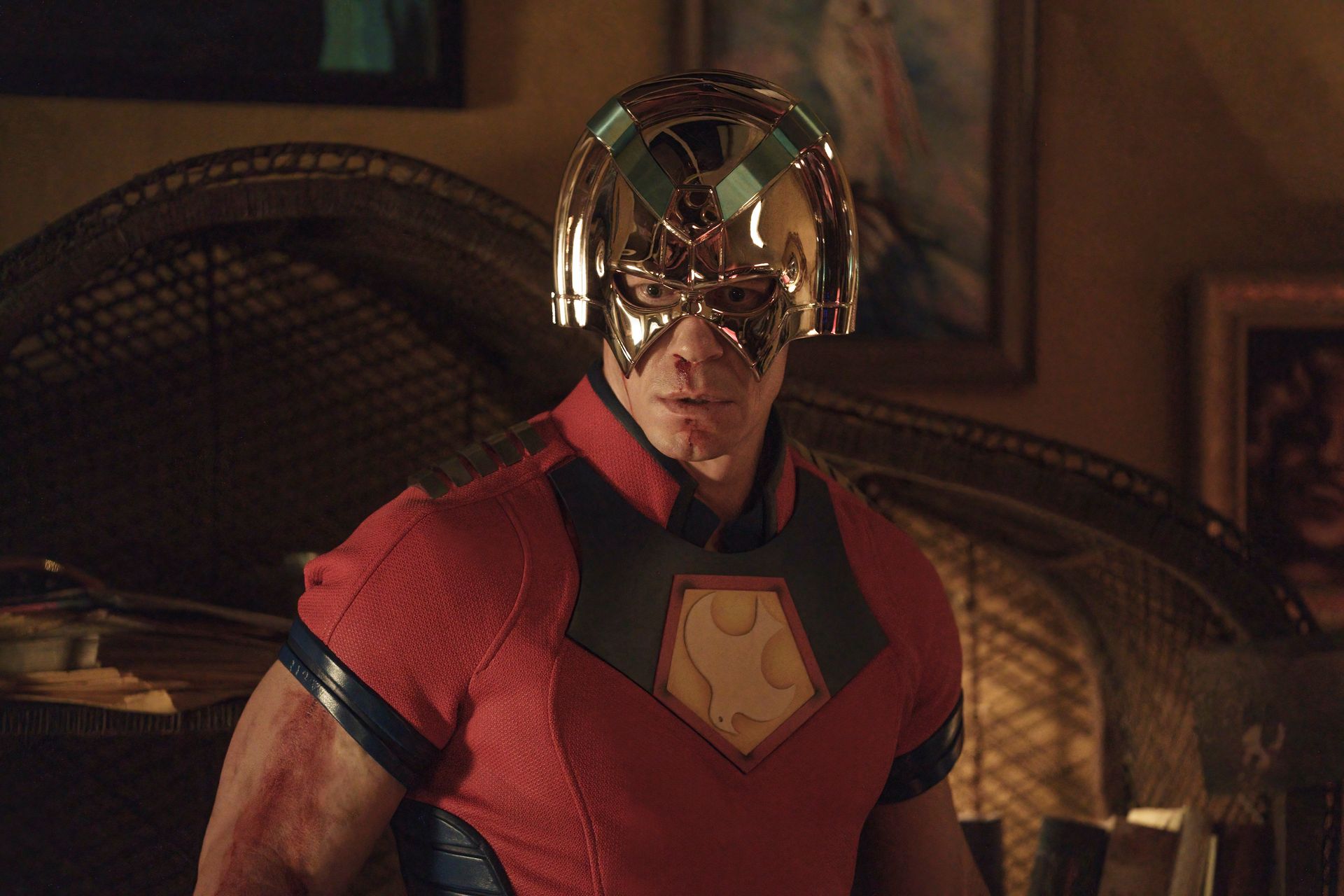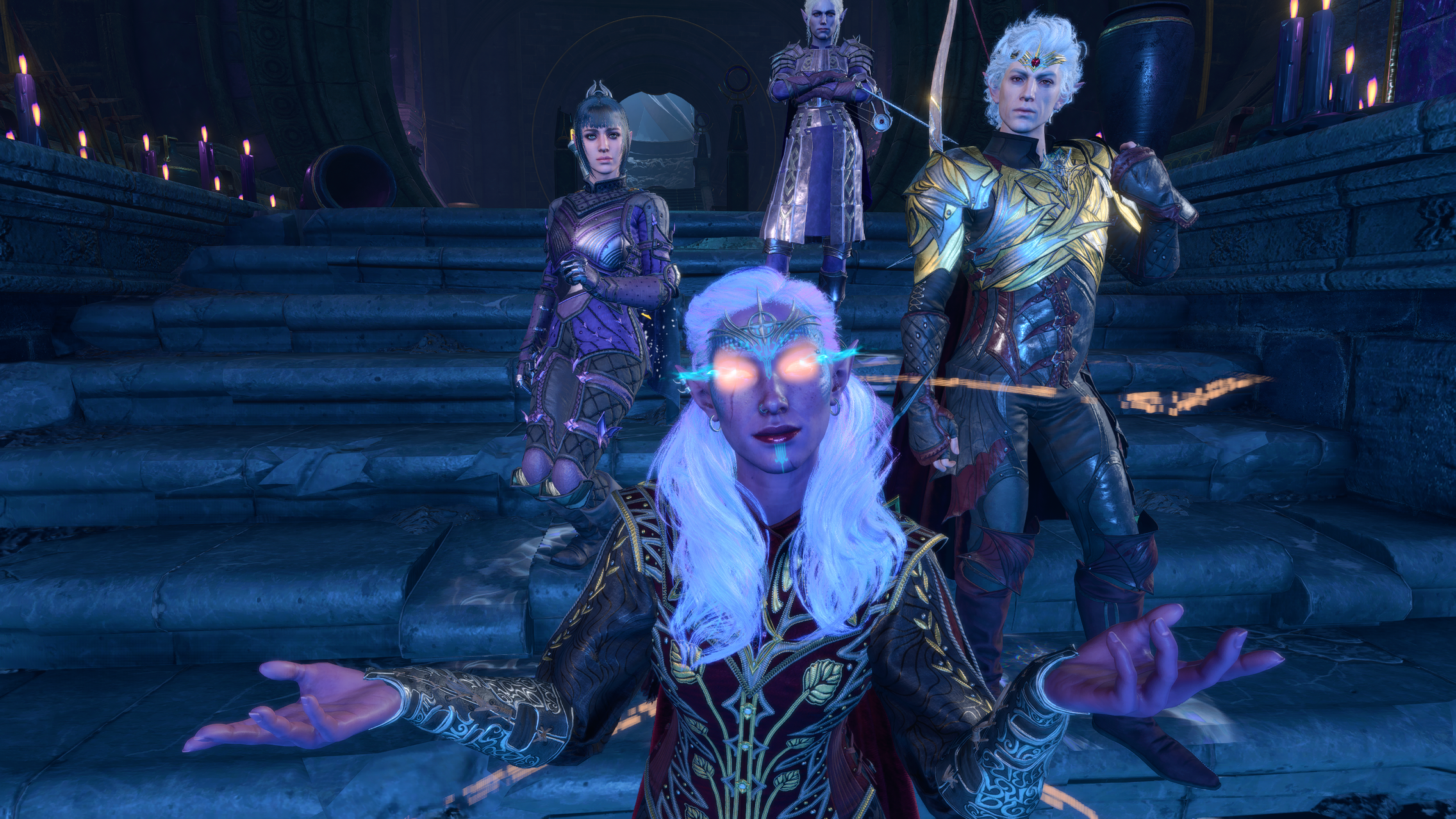An installation view of Northern Lights, an exhibition at the Beyeler Foundation in Switzerland that compares Canadian and Nordic landscape art.Mark Niedermann/Supplied
A Canadian art lover might be surprised to discover an exhibition where Emily Carr is hung alongside Edvard Munch. What would those beloved images of West Coast trees and totems have to do with the Norwegian’s notoriously psychological art?
Both, it turns out, were artists who painted the boreal forest. That is the starting point for Northern Lights, an exhibition comparing Canadian and Northern European landscape painting in the late 19th and early 20th century. It matches up Carr, Tom Thomson, Lawren Harris and J.E.H MacDonald with Munch, the Swedish artist Hilma af Klint and less familiar European names such as the Finnish artist Akseli Gallen-Kallela and the Swedish artists Anna Boberg and Gustaf Fjaestad.
“We had the feeling there is a lot to say about northern art,” said curator Ulf Küster, who organized the exhibition at the Beyeler Foundation, a museum of modern and contemporary art near Basel, Switzerland.
Building on a successful 2007 exhibition devoted to Munch, it’s part of a look northward for an institution better known for a strong collection of southern European art, including works by the French Impressionists Paul Cézanne and Henri Matisse.
The Swedish artist Gustaf Fjæstad practiced a pointillism that verged on photo realism, here seen in Moonshine in Winter of 1995 from Sweden’s Nationalmuseum.Hans Thorwid / Nationalmuseum/Supplied
The new show also reflects the slowly growing recognition of classic Canadian art outside of Canada. Once the exhibition closes at the end of the month, it moves to the United States where the Buffalo AKG Art Museum in Buffalo has recently launched an initiative to show Nordic art.
“Canadian art of the early 20th century is practically unknown outside Canada. It’s very strange,” Küster said. “Even in America, the Americans don’t know much about it.”
A decade ago, Küster was introduced to the Canadian landscape tradition by the Scottish painter Peter Doig, who grew up partly in Canada. Doig gave him the catalogue for the 2011 show of Tom Thomson and the Group of Seven at the Dulwich Picture Gallery in London, England, a rare example of European attention to Canadian art. Küster is particularly impressed by the small oil sketches produced by Thomson and the Group, praising their plein air directness on the one hand and their well-conceived compositions on the other.
The Northern Lights exhibition at the Beyeler Foundation in Switzerland devotes a room to the small oil sketches executed by Tom Thomson and the Group of Seven.Mark Niedermann/Supplied
“It’s funny: The second-largest country on Earth has been painted with these tiny sketches. It works extremely well,” he said. “The tiny can be monumental.” The exhibition devotes an entire room to the sketches.
However, Canadians who have grown up with the notion that Carr, Thomson and the Group form a national school determined to create new painting for a new country will be interested to discover Küster’s different approach. Although he recognizes that both the European and Canadian artists may have found national sentiment a useful marketing tool, he describes them as independent from stylistic schools or political agendas. Their styles range widely from Harris’s abstracted geometric mountains to Fjaestad’s pointillism – so detailed it reaches for photo realism – and then all the way to Munch’s dark subjects, such as Vampire in the Forest in which a woman sucks at a man’s neck.
“They are modernists, really doing their own individual thing. They have a distinct personal style,” he said. “I try to avoid all these isms, like symbolism, realism, naturalism – and nationalism.”
Tom Thomson painted Northern Lights, now in the collection of the National Gallery of Canada, in 1916 or 1917Tom Thomson/National Gallery of Canada/Supplied
For example, the painting Charred Tree by Gallen-Kallela is a snowy landscape depicting an old burnt trunk with a fresh young birch growing beside it. Painted in 1906, 11 years before Finland gained independence from Russia, it is often interpreted as an image of the new country springing up beside the dead empire. Küster calls this nonsense, pointing out that after a forest fire birch trees are the first to regrow.
His environmental approach to these works is inspired by his late brother, a botanist who died in 2024 and who first pointed out to him that the northern European landscape paintings often featured depictions of the taiga, or boreal forest.
In his introduction to the exhibition catalogue, he also remarks that equating the Group of Seven with Canadian nationalism is problematic because it doesn’t include any First Nations’ perspectives.
Anna Boberg was a Swedish artist and explorer who painted this undated landscape, Northern Lights, Study from North Norway, now in the collection of Sweden’s Nationalmuseum.Anna Danielsson/Nationalmuseum/Supplied
Canadians might be surprised not to find any Indigenous art in the exhibition, since increasingly curators here mix contemporaneous Indigenous pieces with Canadian ones. Nor is there much further reference to Indigenous presence on the land, which Carr was one of the few landscape artists of that generation to recognize. Küster said he felt that as a scholar of European art, he lacked the expertise to include Indigenous art.
Instead, in the catalogue, he provides a series of historic photographs by settlers and tourists that show human activity, both white and Indigenous. The photos belong to the Archive of Modern Conflict, the London photography collection owned by David Thomson (whose family holding company Woodbridge Co. Ltd. owns The Globe and Mail). Dating from about 1880 to 1920 the photographs include a Hudson Bay settlement and First Nations camps in Canada, railway building in Siberia and rare images of the Sami, the Indigenous people who live in Northern Scandinavia, Finland and Russia.
Spring Night from the Lillehammer Art Museum in Norway was painted in 1914 by the Finnish artist Akseli Gallen-Kallela, a well-travelled contemporary of Edvard Munch who specialized in the Northern landscape.Camilla Damgård/Lillehammer Art Museum/Supplied
The images also feature two valiant attempts by a Norwegian photographer to capture on film the capricious spectacle of the Northern Lights.
Northern Lights continues at the Beyeler Foundation in Riehen, Switzerland, to May 25, and opens at the Buffalo AKG in Buffalo on Aug. 1.













